In WHYIXD's Tender Soul of Ocean, the boundary between human, nature, and technology dissolves into a shared sensory field. More than representing nature or offering an immersive experience, the work acts as an interface—a dynamic system where environmental data, light, and movement unfold into what could be called a poetics of perceptual extension. At the same time, it serves as a memory structure that continuously evolves through the interplay of human presence and natural forces. Nature is not simulated here; it is translated into bodily perception, shaped through rhythm, temporality, and atmosphere.
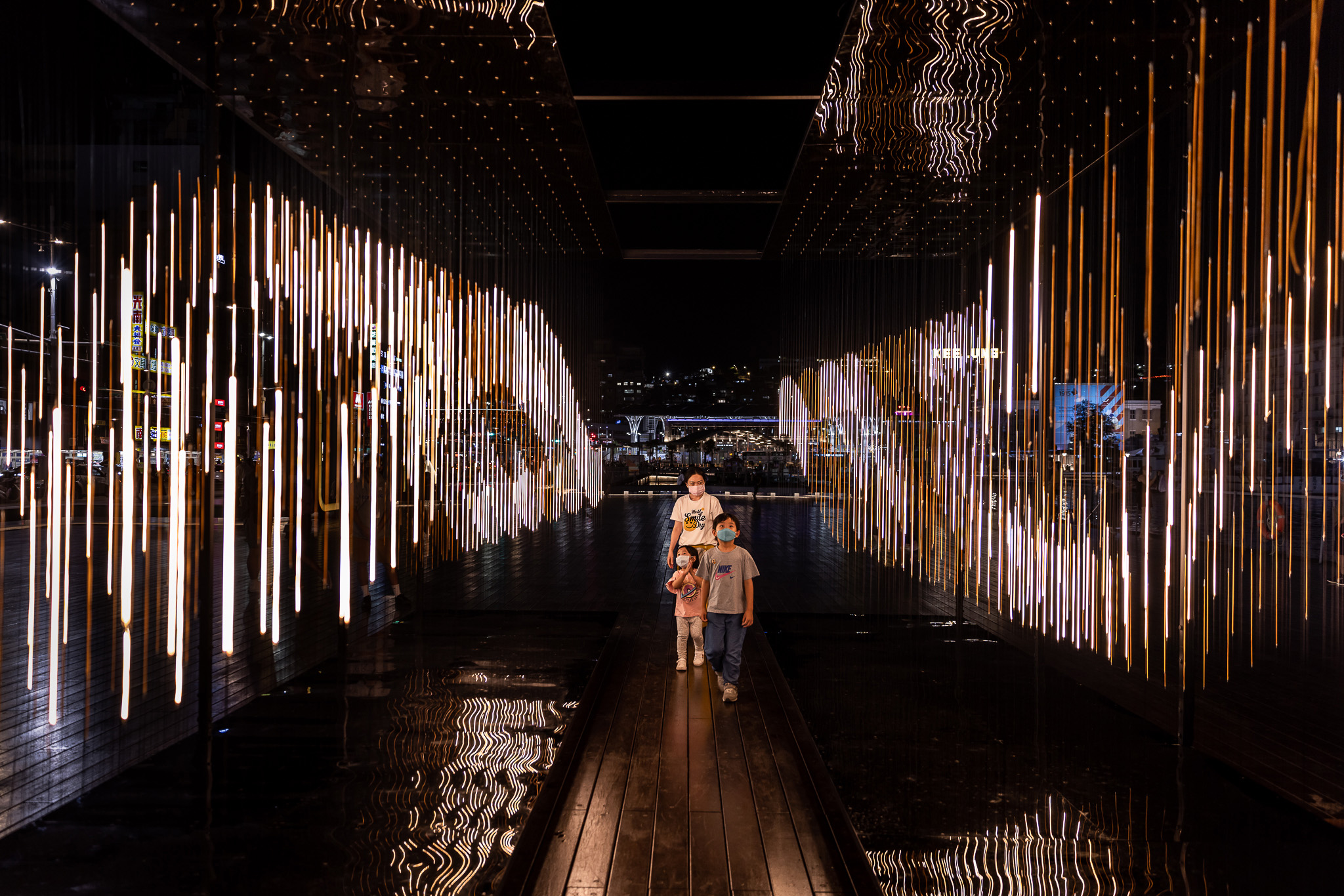
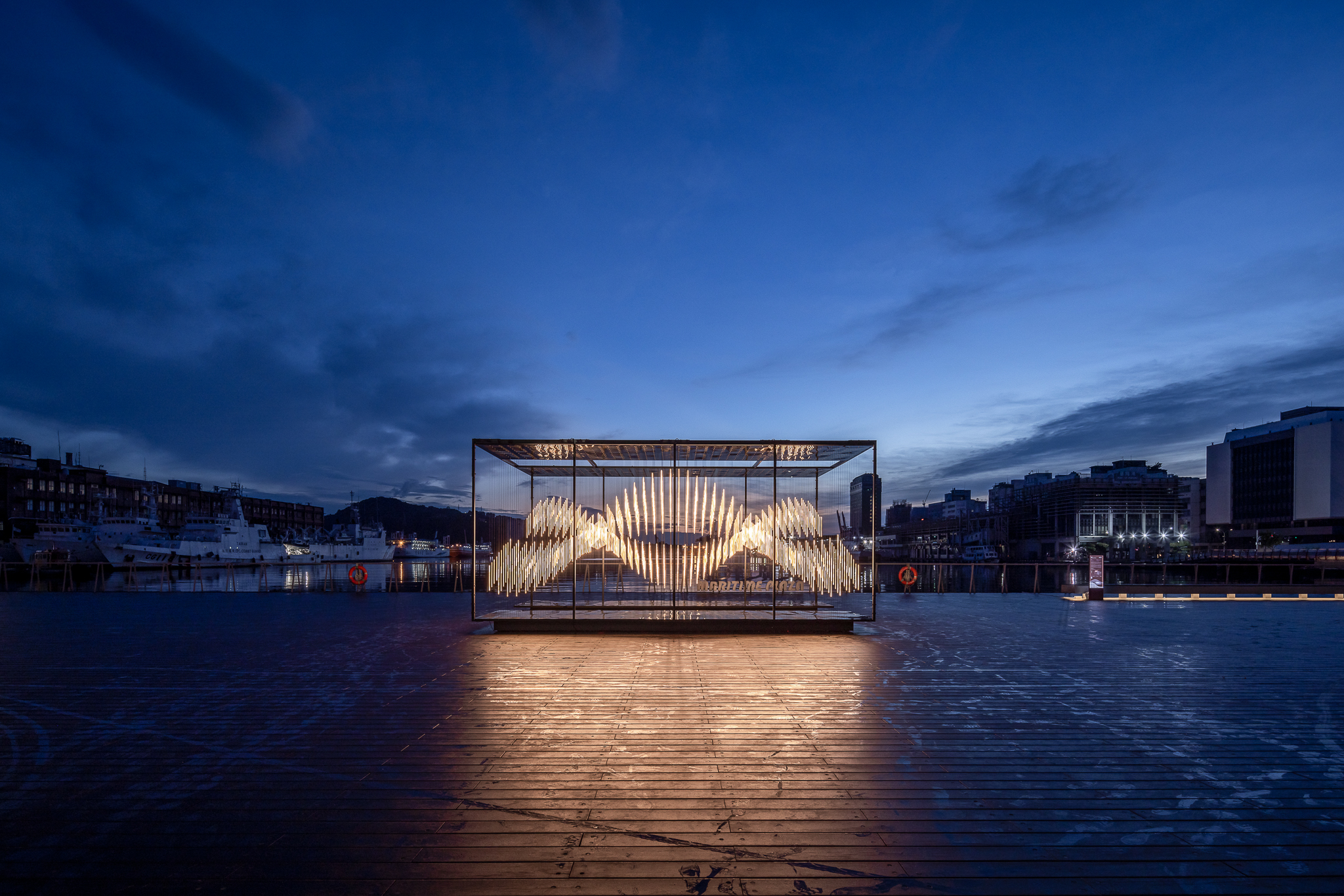
The project began in Keelung, Taiwan, as a response to the city's maritime culture and the perceived distance between people and the sea. Real-time wind data from the harbor was translated into flowing light patterns, creating an immersive corridor where visitors could step into a living stream of environmental information. This early installation was not simply a display but a perceptual alignment tool, allowing the human body to reattune itself to natural systems. In this convergence of data and movement, memory began to take form.
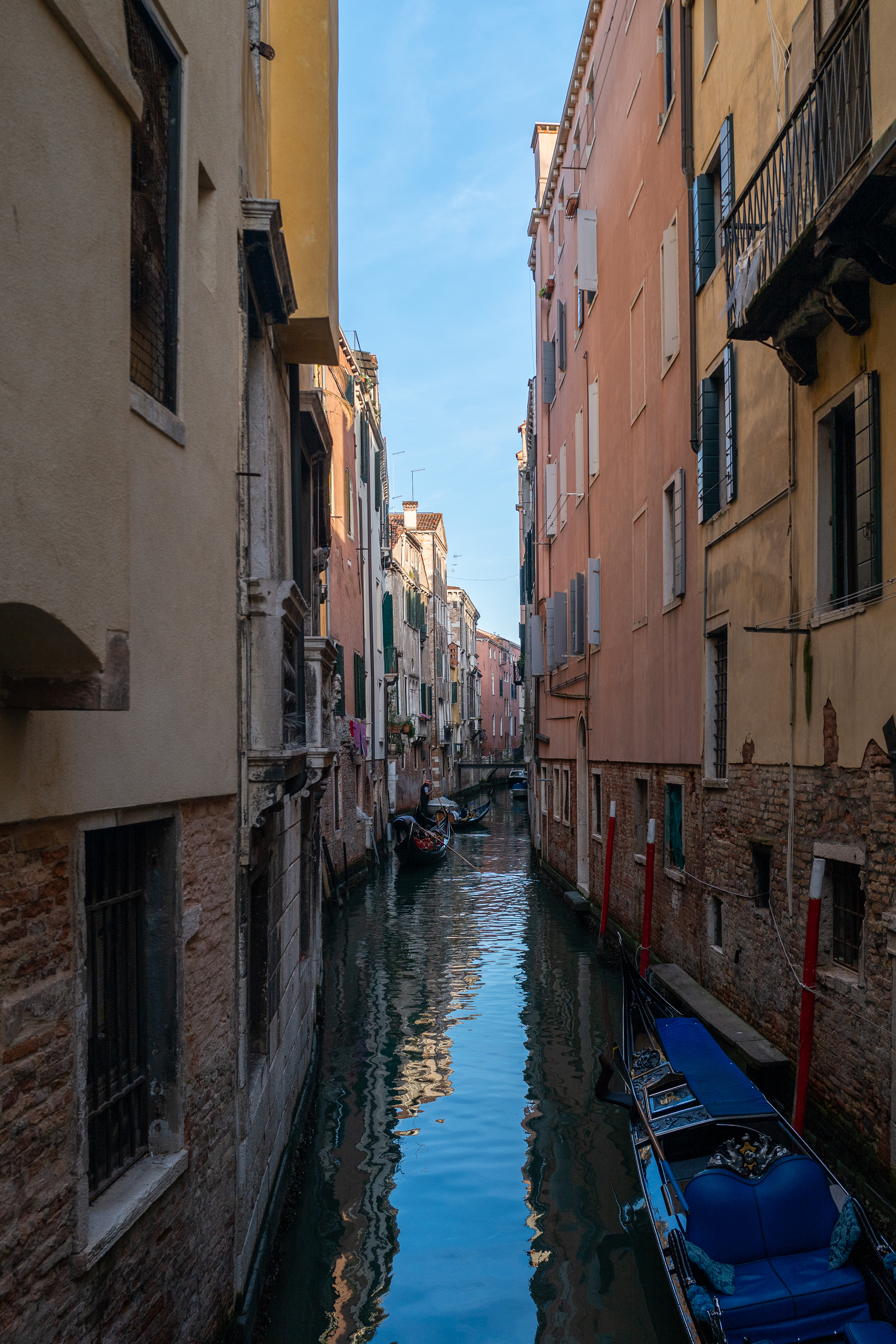
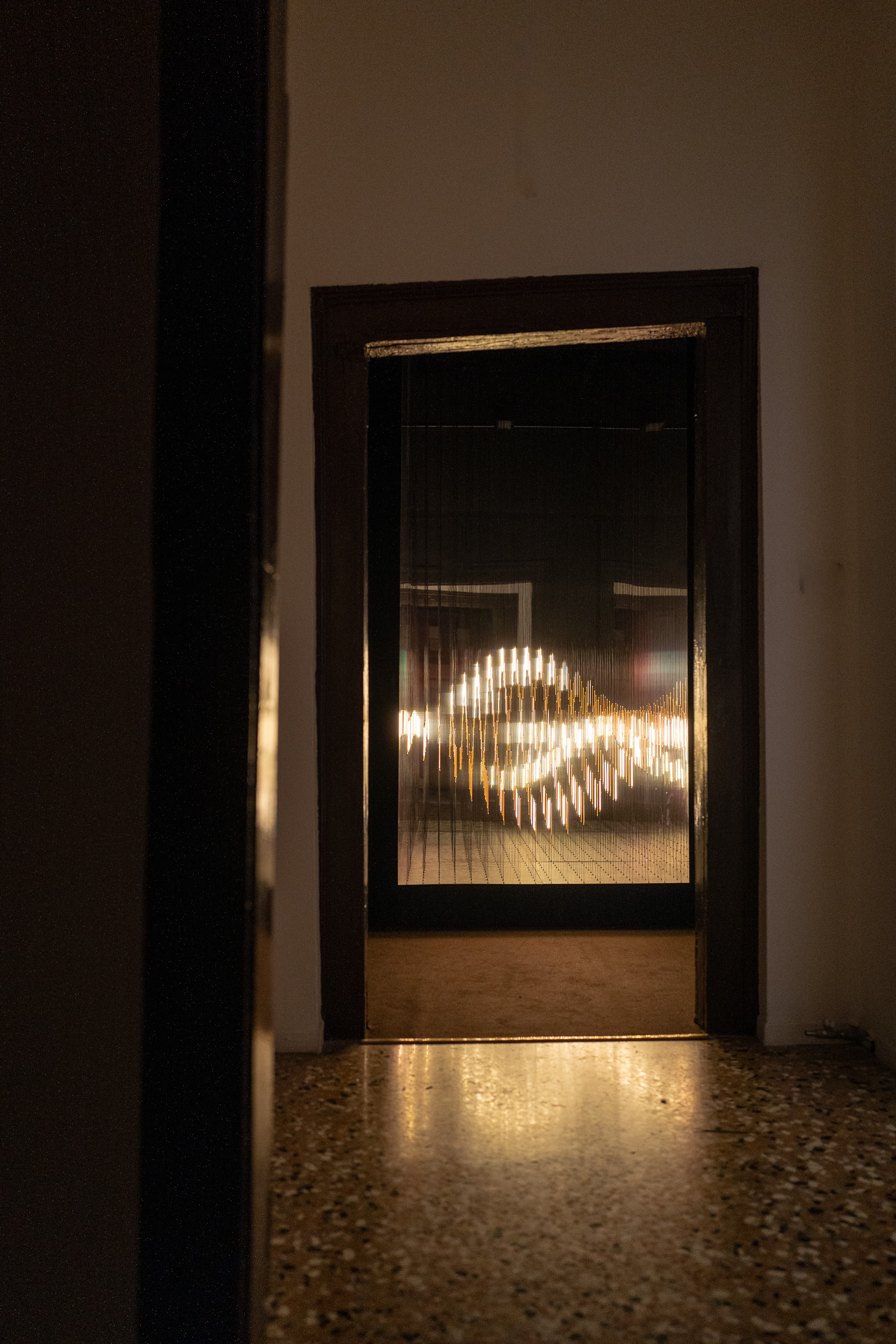
The presentation of Tender Soul of Ocean: A Marine Climate Preservation Initiative at the 7th Time Space Existence Architecture Biennale marked a turning point for the project. The installation captured real-time wind from the Venetian lagoon and transformed it into continuously shifting light rhythms. By combining an immersive spatial experience with environmental data recording, it articulated the dynamic relationship between marine ecosystems and atmospheric change. This edition also introduced a global outlook: a vision for a distributed network of installations along endangered coastlines, each site recording and responding to its local oceanic rhythm. To reflect the intimacy of Venice's narrow canals and intensify viewer immersion, the work was configured as a 120-centimeter cube placed in a narrow, pitch-black room. Visitors moved through the corridor as if wading knee-deep in water, surrounded by pulses of light echoing the breath of the sea. A three-sided mirror system created a sense of infinite extension, allowing the light field to dissolve the physical boundary of the space and envelop the viewer completely.
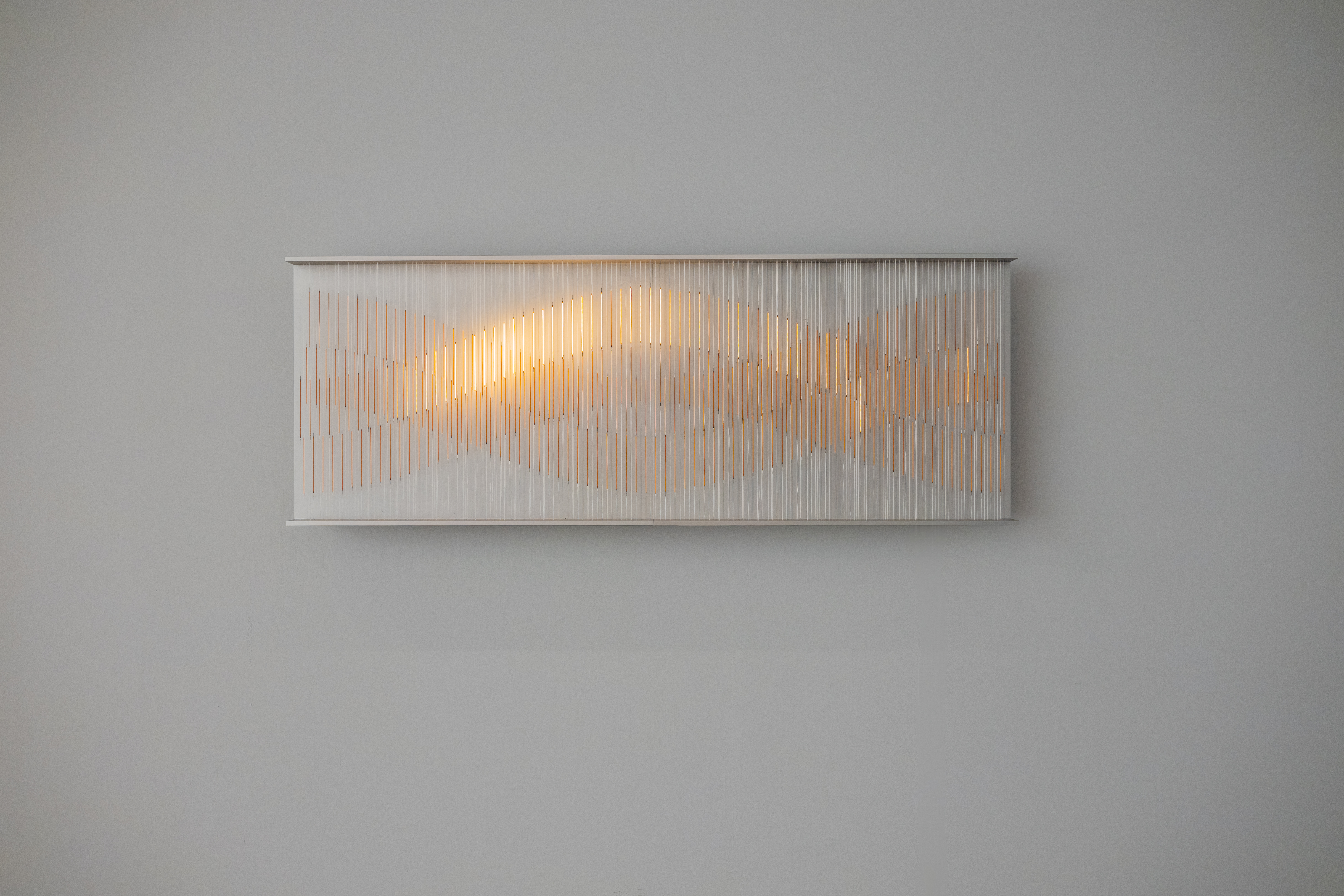
In parallel, the project also introduced a compact capsule version of Tender Soul of Ocean, designed to preserve and replay environmental data across both time and geography. These modular memory devices are not limited to past recordings; they are also capable of storing data from future installations. They are more than archival tools. As light-based carriers of atmospheric rhythm, they allow distant ecological sensations to resurface and resonate within new spatial contexts.
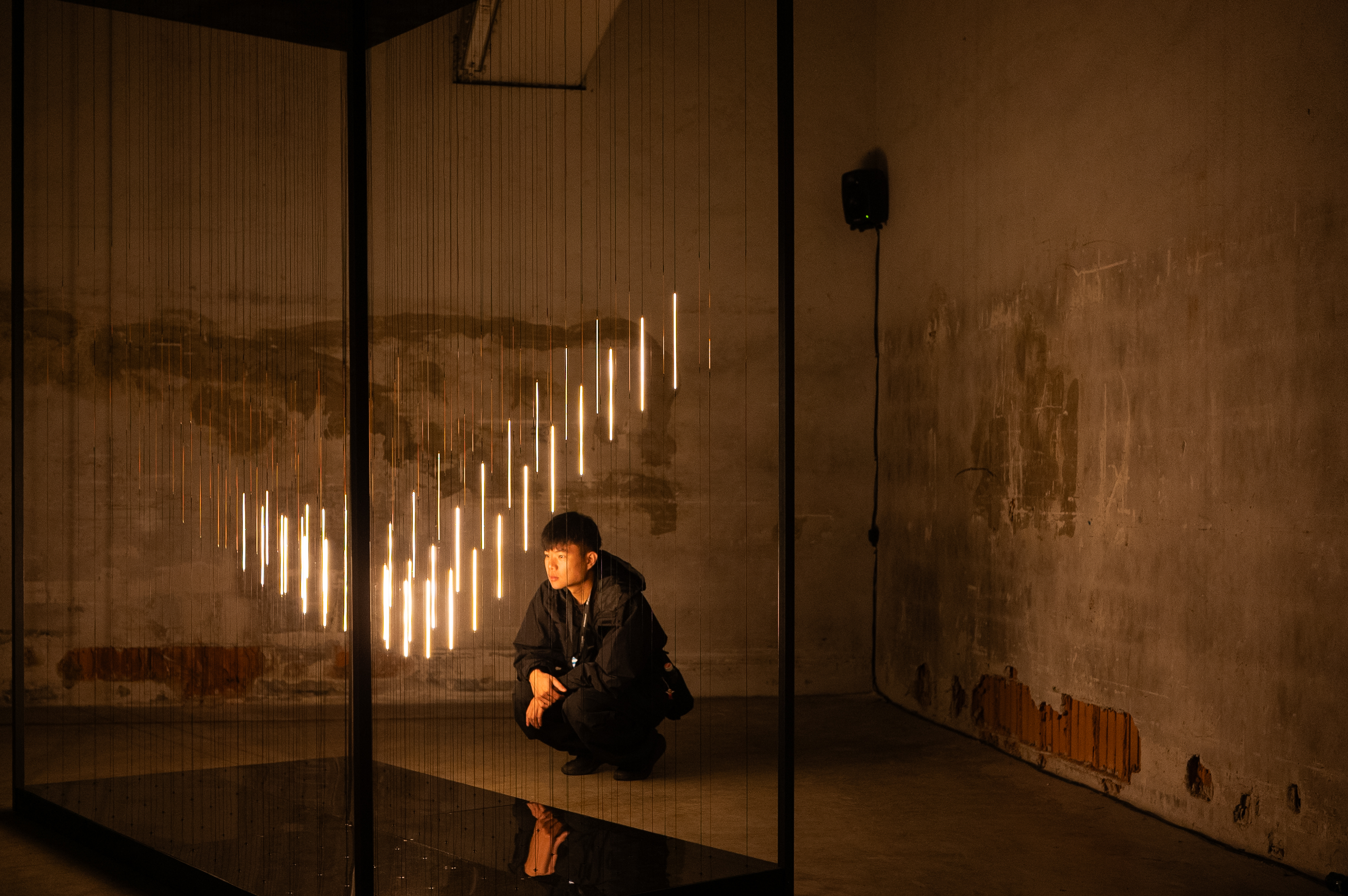
A new iteration of the work — Tender Soul of Ocean: recall — is being further developed toward the end of this year, extending the project’s exploration of co-existence even more deeply. In collaboration with the Berlin-based sound art collective Kling Klang Klong, this version introduces a speculative future wind-field model alongside real-time audience motion sensing. Both light and sound are continuously generated through live atmospheric data and the presence of participants: the more people engage, the more vividly the spatial “aerophonic rhythms” emerge. The audience thus becomes a co-creator of the climate’s evolving pulse. In Tender Soul of Ocean: recall, light and sound are not treated as parallel perceptual elements, but as forces that continuously shape and activate one another — extending the work simultaneously across two temporal dimensions: the actual climate of the present and the hypothetical climate of the future. Light is the first element to establish momentum within the space — it instantly traces the direction and tempo of the wind, opening a navigable path of atmosphere for the viewer. Sound enters from a more internal sensorial layer, influencing breathing and the rhythm of perception, allowing one not merely to “look at” the environment, but to be absorbed into it as part of its living ecology. As light and sound remain in ceaseless interplay, what emerges is an environment that breathes — and the audience’s very presence becomes the condition through which that pulse exists. Live wind data and real-time audience movement continually reconfigure the behavior of light and sound, while the projected future wind-field — derived from climate models — slips into the space like a memory of a climate that has not yet occurred, quietly entangling itself with the present. As interaction intensifies, the spatial rhythm grows increasingly articulate, unfolding like an improvised climate performance — not witnessed from afar, but co-authored from within. This iteration is not conceived as an object to be observed, but as an evolving perceptual organism. Memory is not treated as something to be archived, but as an ever-emergent state — where the wind of Keelung, the breath of Venice, and the imagination of future climates converge with the audience’s own presence and movement, forming a living, resonant atmosphere in the here and now.
Memory in Tender Soul of Ocean is never fixed. Whether derived from Keelung's harbor winds, Venice's lagoon air, or projected future climates, data is always reshaped—translated into light, sound, and motion. What endures is not an exact record, but an unfolding act of remembrance that remains open to change. Across all its iterations, Tender Soul of Ocean offers a quiet yet profound insight: the world is not a static object, but a dynamic field continuously co-constructed by human and nonhuman presences—fluid and shared.
1.
Tender Soul of Ocean 2022
KEELUNG CITY EXPO
Dates From 10 June to 19 June 2022 Venues Area A ·Maritime Plaza
(Zhongyi Rd., Ren'ai Dist., Keelung City, near Keelung
Intercity Bus Station)
Information Light show from 19:00 to 21:30 Show performs every 15
minutes
2.
Tender Soul of Ocean: A Marine Climate Preservation Initiative
TIME SPACE EXISTENCE
Dates From 10 May to 23 November 2025
Venues Palazzo Bembo2nd Floor, G room
Information
Open from 10 May to 23 November 2025 Open everyday from 10 to 18,
closed Tuesdays Free Entry
3.
Tender Soul of Ocean: A Marine Climate Preservation
Initiative WHYIXD Exhibition: Future-Nature Synergy
Dates From 19 August to 03 October 2025
Venues King Car Cultural & Art Center (Mr. Brown Café Chengde)
131 Chengde Rd., Sec. 3, Datong Dist., Taipei City
Information Opening Reception: 24 August 2025 (Sun) 15:30
Organizer: King Car Education Foundation / King Car Cultural
& Art Center (KCCA) Co-organizer: WHYIXD
4.
Tender Soul of Ocean: recall
Ars Electronica Festival 2025: Panic
Dates From 3 September to 7 September 2025
Venues POSTCITY Linz, Austria
Information Part of the
"Polyphony" exhibition Artists: WHYIXD, KLING KLANG KLONG
5.
Tender Soul of Ocean: recall
C-LAB Sound Festival: DIVERSONICS
Dates From 23 October to 30 November 2025
Venues Art Space II, 1F Taiwan Contemporary Culture Lab
(C-LAB)
Information Open from 11:00 to 19:00 Closed on Mondays
Artists: WHYIXD, KLING KLANG KLONG
Organizer: Taiwan
Contemporary Culture Lab (C-LAB)
Executive Organizer: C-LAB Taiwan Sound Lab Sponsor: Ministry of
Culture, Republic of China (Taiwan)